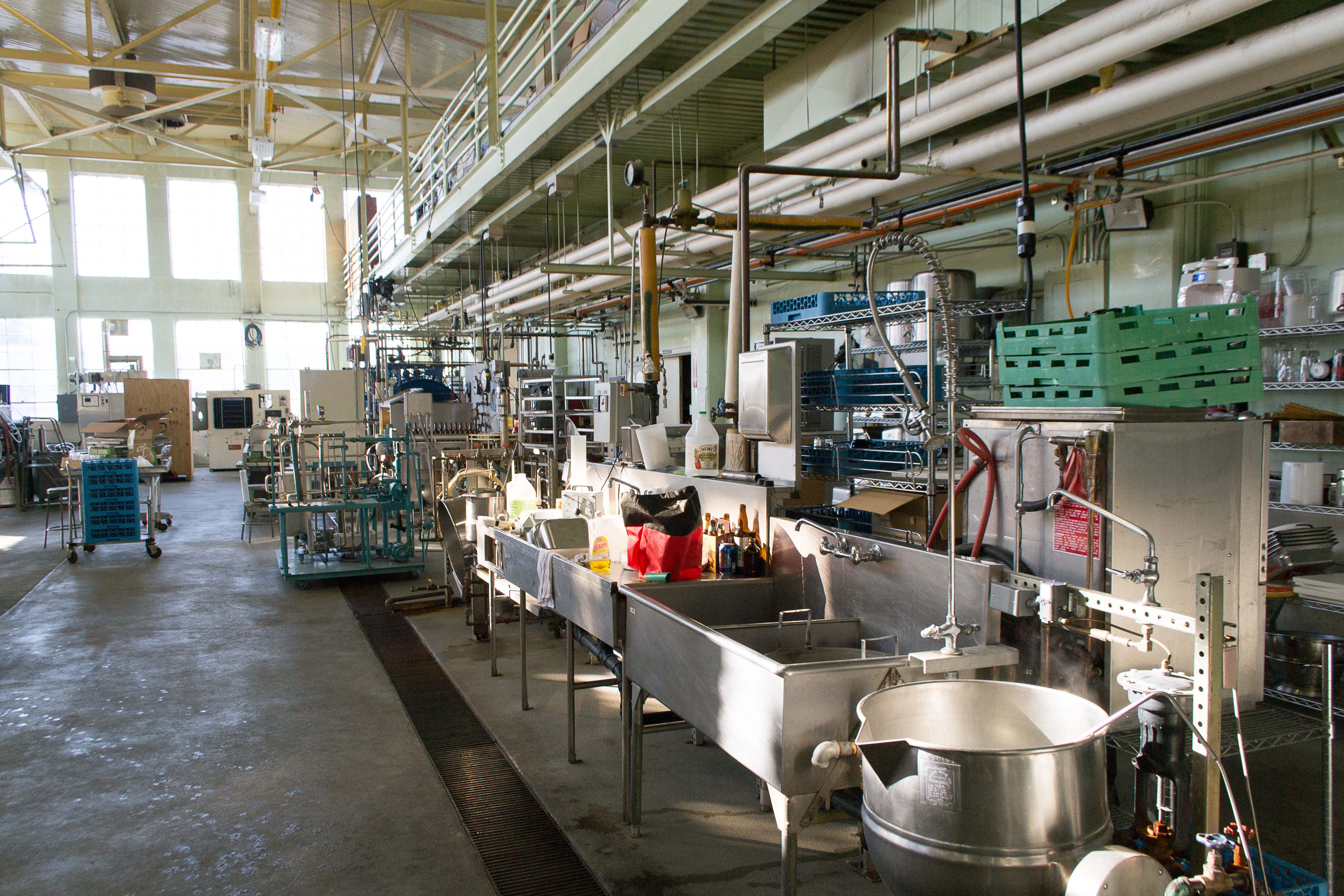
Photo from academic.microsoft.com
Atanassova J., Yurukova L., Lazarova M. (2012): Pollen and inorganic characteristics of Bulgarian unifloral honeys. Czech J. Food Sci., 30: 520–526. The melissopalynological characteristics, three main physicochemical parameters (water content,… Click to show full abstract
Atanassova J., Yurukova L., Lazarova M. (2012): Pollen and inorganic characteristics of Bulgarian unifloral honeys. Czech J. Food Sci., 30: 520–526. The melissopalynological characteristics, three main physicochemical parameters (water content, pH, and electrical conductivity), and 19 macro- and microelements contents of 15 honey types from throughout Bulgaria that were col lected from 2006 to 2009 were evaluated. The main honeys studied came from Robinia pseudoacacia L., Helianthus annuus L., Brassica spp., Tilia spp., and Vicia spp. The botanical origins of unifloral honey samples were identified as Lotus spp., Coriandrum sativum L., Daucus-type, Stachys -type , Salix spp., Prunus spp., Castanea sativa Mill ., Paliu rus spina-christi Mill. , Sophora japonica, and Amorpha spp. Based on the physicochemical parameters and elements contents, one sample with high a percentage of Trifolium spp. pollen was identified as honeydew honey.
Journal Title: Czech Journal of Food Sciences
Year Published: 2018
Link to full text (if available)
Share on Social Media: Sign Up to like & get
recommendations!